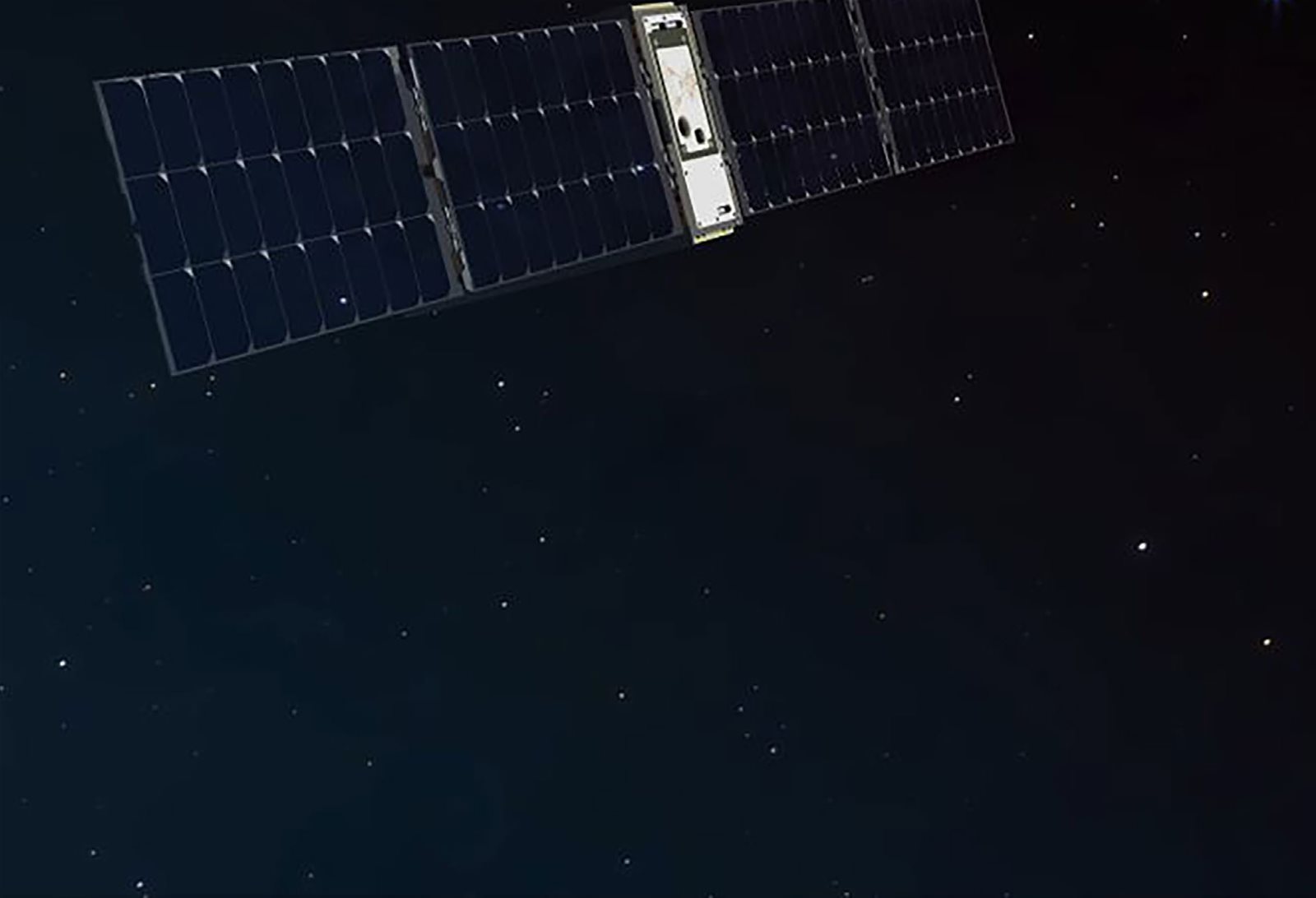
BurstCube was deployed into orbit on 18 April 2024
© Getty; NASA; Europlanet Media Centre
A NASA cubesat designed to search for the universe’s most powerful and violent explosions has successfully detected its first massive burst, space agency officials announced. BurstCube, a shoebox-sized satellite placed into orbit in April to detect and study gamma-ray bursts, or GRBs, spotted a ‘mega blast’ in the small, dim constellation of Microscopium in the southern sky. The cosmic blast occurred on 29 June and in less than two seconds shone a quintillion times brighter than the Sun. “We’re excited to collect science data,” Sean Semper, who is BurstCube’s lead engineer at NASA’s Goddard Space Flight Center in Maryland, said in a statement. “It’s an important milestone for the team and for the many early career engineers and scientists that have been part of the mission.”
BurstCube is designed to specifically seek out short gamma-ray bursts, which last a mere two seconds or less but offer rare glimpses into the end-of-life processes of massive stars and the births of black holes. To catalogue short GRBs from its vantage point in Earth orbit, BurstCube is equipped with four circular gamma-ray detectors arranged to provide the satellite with a wide view of the sky, which helps scientists infer the direction of an event. A gamma ray striking any of the detectors is first converted into visible light and later into a pulse of electrons.